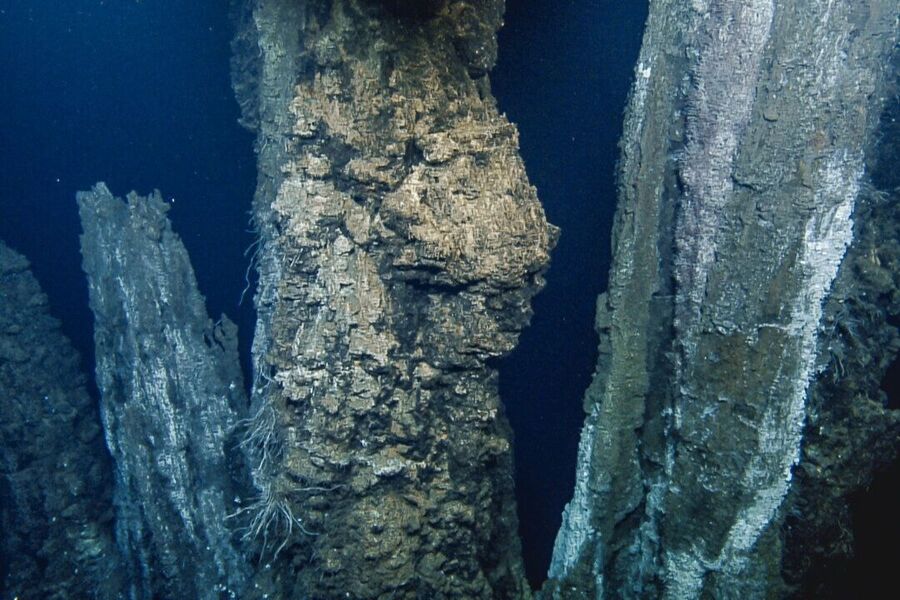
They say the expected rupture about five kilometres deep and 260 kilometres off the coast of Tofino, B.C., will be too distant and small to be cause for concern, but offers a unique opportunity to learn more about how the Earth's crust is formed.
Martin Scherwath, a senior scientist with Oceans Networks Canada, says lava could break through anywhere from weeks to a few years from now, offering the first chance for the phenomenon to be captured by the network's suite of underwater instruments.
The magma is estimated to be about 800 degrees Celsius but will cool rapidly when it hits the ocean water.
He says "almost fluid, runny rock" will come out of the sea floor, solidify and quickly turn black, while the heat causes the water around it to fizz.
Mr. Scherwath says he and fellow geophysicists will be watching to see how much of the Earth's crust is formed with one eruption, while biologists will be most interested in how animals respond to any changes.



Comment: Why no one is freaking out about the looming massive earthquake threat in the Pacific Northwest